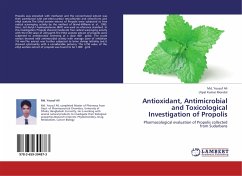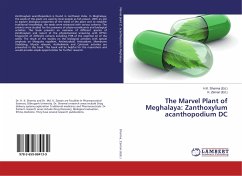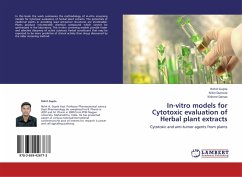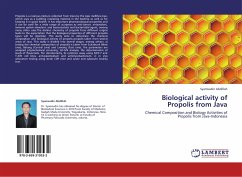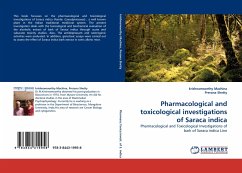Propolis was extracted with methanol and the concentrated extract was then partitioned with pet-ether,carbon tetrachloride and chloroform and ethyl acetate.The Ethyl acetate extract of Propolis were subjected to free radical scavenging activity by the method of Brand-Williams et al., 1995. Here, tert-butyl-1-hydroxytoluene (BHT) was used as reference standard. In this investigation Propolis showed moderate free radical scavenging activity with the IC50 value of 220 mig/ml.The Ethyl acetate extract of propolis were subjected to antimicrobial screening at a dose 400 g/disc. The crude extract showed mild antimicrobial activity with average zone of inhibition 7-8 mm.The extract was further subjected to brine shrimp lethality test.It showed cytotoxicity with a considerable potency. The LC50 value of the ethyl acetate extract of propolis was found to be 1.089 g/ml.
Bitte wählen Sie Ihr Anliegen aus.
Rechnungen
Retourenschein anfordern
Bestellstatus
Storno

